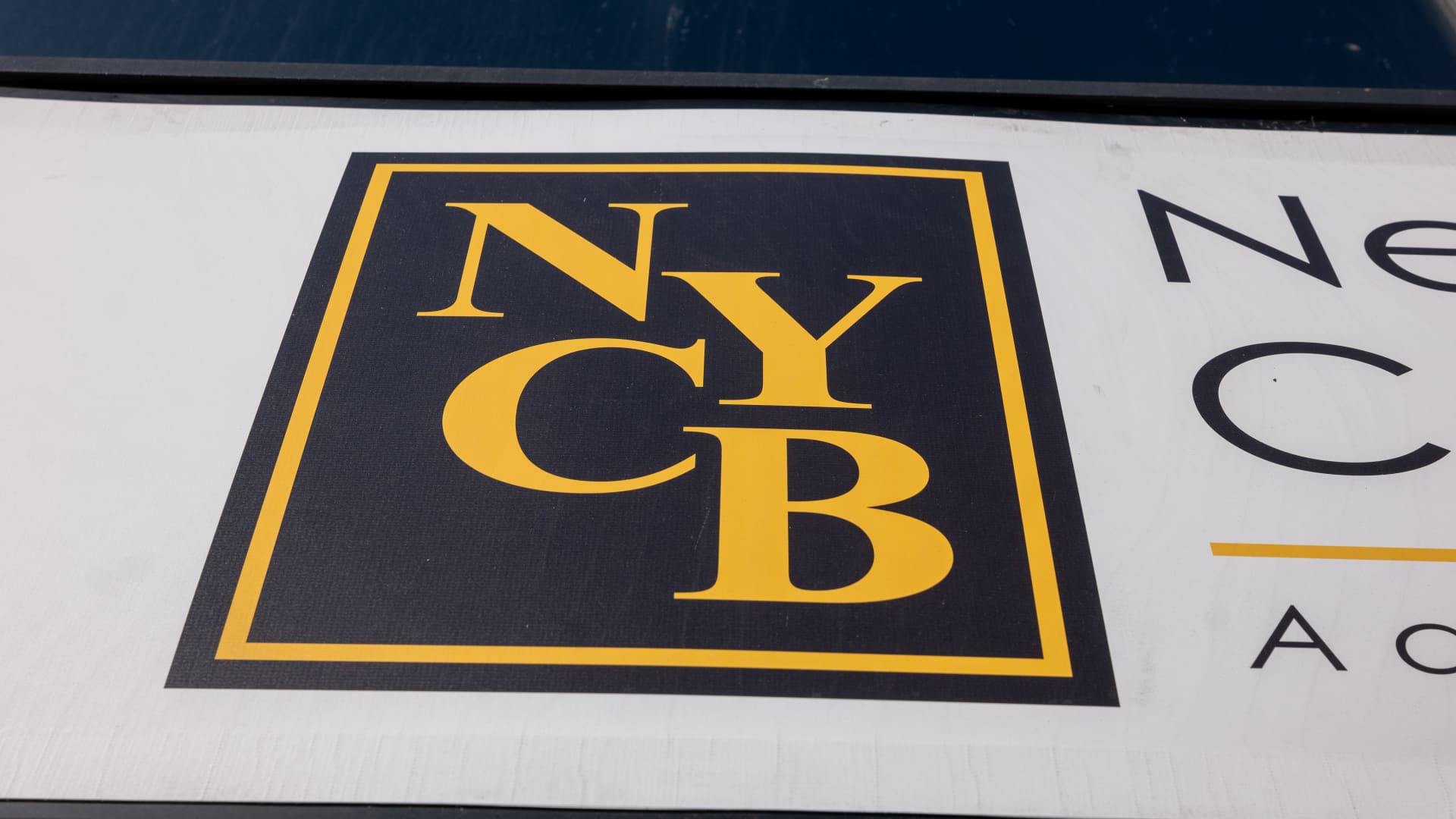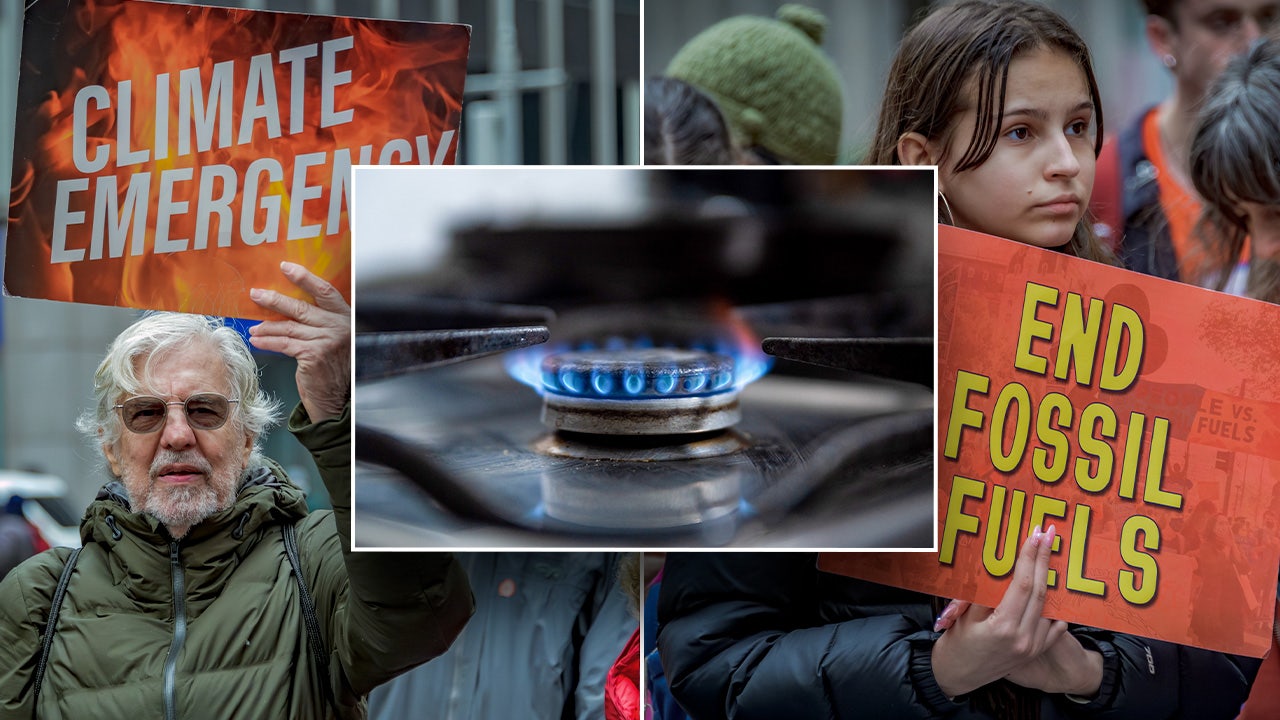The goal is simple: save the world. Rob Jackson, climate scientist and author of Into the Clear Blue Sky, is trying to save the world by removing things: removing greenhouse gases from the atmosphere, removing fossil fuels from our cars, removing everyday pollutants from our homes. Last summer in the Northern Hemisphere felt cataclysmic: the sky in the U.S. Northeast turned burnt orange from wildfires in Canada, temperatures rose higher and higher, and hurricanes caused more and more damage. How do you save the world, when the present and future feel so bleak? Jackson hasn’t lost hope for a green, sustainable future. He has trekked across the world, meeting CEOs, researchers and field scientists who are working to save our world and our future by removing pollutants, building with greener and better materials and inspiring the rest of us to never lose hope.
Scientific American spoke with Jackson about his new book and outlook on our environmental future.
[An edited transcript of the interview follows.]
On supporting science journalism
If you’re enjoying this article, consider supporting our award-winning journalism by subscribing. By purchasing a subscription you are helping to ensure the future of impactful stories about the discoveries and ideas shaping our world today.
You start this book with small but surprising ways the atmosphere affects our lives on Earth. A funny example that I wanted to ask you about was salt forming on Italian frescoes. Can you tell me about that?
It seems like an odd place to begin a climate book, but I was interested in how we think about preserving things for centuries, and the Vatican has a whole office of people thinking about maintaining and restoring items over decades to centuries. For centuries, people lit the chapel with candles, and the burned wax and soot got released into the air and gradually built up on the frescoes. On top of that, they started to see what looked almost like powdery mildew on the frescoes, and that was literally carbon dioxide from people’s breath, almost in the same way that the stalagmites form in a cave. There was too much carbon dioxide in the air. The most amazing thing about seeing the chapel were these little blocks, the Italian word for them translates to “testimony”; they leave these rectangles of dirt on the fresco to remind people of what things were like. I found that to be a very beautiful and moving example of how far they had come in restoring the frescoes.
In addition to carbon dioxide, you talk about the greenhouse gas methane. Can you tell me what concerns you about methane in particular?
I spent so much of my time working on methane because it’s 90 times more potent than carbon dioxide at warming Earth. It’s responsible for an additional third as much warming as CO2 in recent decades. But methane is also mysterious. We’re still trying to understand why it’s rising: [it] could be the tropical wetlands that I study in the Amazon are starting to release more methane as they warm; it could be that there’s more methane coming from cows or oil and gas wells or other things that we do. The biggest reason for emphasizing methane as much as I do is [that] it’s short-lived in the atmosphere—it lasts only a decade or so. That means that if we could eliminate all methane emissions from human activities, we could restore methane concentration to preindustrial levels in only a decade!
Speaking of the Amazon, you talk about your research in the region and this concept of “climate colonialism.” What do you mean by the term, and what can be done to avoid perpetuating it?
I don’t use the word colonialism lightly. I think of climate colonialism as industrialized nations living at the ecological expense of other countries. I think it’s appropriate because poorer nations, and to some extent poor people in richer nations, bear the brunt and pay the price for this extra pollution. In Pakistan, where emissions are about a tenth or less of what they are in the U.S. per person, there were record floods where a third of [the country] was submerged. Climate change was statistically responsible for at least part of that extreme weather. [The] same [goes] for island nations in the Pacific: they didn’t cause climate change, but [these] countries are literally going underwater because of things that we do.
Is there anything that you try to do or not to do in your own research to avoid perpetuating this form of climate colonialism?
There’s an undercurrent in the book of environmental justice. I have started doing research on inequities in research, resource use, consumption and energy use. One way I tackle it is that I believe climate solutions start with using less in rich countries. If climate solutions are a three-legged stool, the first leg is to consume less. The second leg is to decarbonize whatever products remain that have to be made. And the third leg, to a lesser extent, is to hack the atmosphere to remove some greenhouse gases. So we can’t talk about climate solutions without acknowledging that resource consumption is deeply unfair in the U.S. and around the world.
I was intrigued by the breadth of industries you talked about in the book and the way you spoke with people on the ground at research sites, manufacturers and scientists. Whose work are you still thinking about?
I loved seeing the steel plants in Sweden [that have been] making the world’s first fossil-free steel, that was very powerful and moving for me. I have to say, they do it because there’s a carbon price; to avoid the fee for carbon dioxide pollution, they developed this whole new way of making steel that gets rid of all the coal and uses clean hydrogen. I found that visit inspiring, and I just love the way the CEO there talked about his daughters saying they used to think that this was just another shitty company, but now they understand they’re trying to do something good for the world. I really enjoyed the people I met there.
The chapter about minor gas leaks in the home, especially those caused by gas stoves, really was eye-opening for me. What changes have you enacted in your own life to avoid this indoor pollution?
I have swapped out all our gas appliances. My lab and I were studying methane leaks in homes, and we essentially developed all these methods in my own home. We started measuring nitrogen oxides and benzene pollution, and I was … shocked to see the NOx [nitrogen oxide] levels [that] formed in my kitchen.
One of the other interesting things about the gas stove work for me was this intersection of climate solutions and health—that has become a recurring theme of my research. Pollution from coal and cars still kills 100,000 Americans a year even though our air and water are cleaner today than when I was a boy. Worldwide it’s 10 million people: one in five deaths worldwide is caused by breathing in pollution. One of the biggest sources of carcinogenic benzene and asthma-triggering NOx gases in many people’s lives is the pollution that we create by burning gas indoors. You would never stand over the tailpipe of your car and breathe in the exhaust. Yet we stand willingly over a gas stove and breathe the same pollutants hour after hour, meal after meal, year after year.
It’s even worse to think about the gas leaks occurring nearby schools, highways or private homes that aren’t considered big enough to warrant fixing right away by the companies that own them. I wanted to ask you about your experience driving around and tracking these gas leaks, it seemed like a very meaningful experience for you in the book.
I was fortunate to work with a friend and colleague, Nathan Phillips, who I interviewed in the book. Especially in cities like Boston and [Washington], D.C., or Manhattan—where the pipelines are older than a century, some of them dating back to the Civil War—you don’t even drive a mile before you’ve got a couple of gas leaks that nobody’s fixing. It’s really, really eye-opening to see how many of these leaks there are and equally eye-opening to see how many of them are still there when you go back not one year later but 10 years later, in some cases.
The Supreme Court recently overturned the so-called Chevron deference, making it more likely that courts rather than expert agencies get to interpret statutes. What do you think this ruling will mean for your work and the work of others whom you interviewed in this book?
It’s one thing to have a conversation around ways we can make the permitting process more efficient so that companies can spend less time and less money getting through the system. It’s another thing entirely to throw out the whole idea of monitoring and permitting. We need to have some safeguards. I’m deeply disturbed and concerned by the recent Supreme Court rulings in the environment space—there have been rulings over the past few years [that roll] back the ability of the [Environmental Protection Agency] to regulate pollution from coal plants—and the idea that we shouldn’t, or that we don’t, have a legal footing to worry about cross-state pollution. I don’t understand because everyone in the country wants cleaner air and cleaner water for their kids.
As a climate expert, if it was entirely up to you to enact any national or international climate policy at your will, what would you do?
I would price pollution. I would want the polluter to pay so there’s a direct incentive for companies to cut pollution and use cleaner technologies. We don’t have that nationally in the U.S. We’re very different from Europe, which has had a carbon market for a long time. The problem with pollution being free is that any climate solution is always more expensive than free.
Are the polluter-pay policies the ones that give you the most hope for a cleaner future?
Yeah, there are different paths to get to a winning future, but the price is one. Regulation is another; it’s a sort of an unpopular word in many circles. When I talk with students, I will ask them to practice optimism, to go back and look at things that have gotten better. My first homework assignment in every class is for students to find things that are better today than they were 50 years ago or a century ago, environmental things, and that list is long. It’s water and air quality; it’s life expectancy and childhood mortality. And then you look at the outcomes of specific environmental regulations in the past, and we’re amazingly better off. Lead levels in the blood of our children have dropped by 95 percent in this country since the phasing out of leaded gasoline—that was a regulatory mandate. The Montreal Protocol has saved billions of skin cancers and millions of cataracts. My favorite, the U.S. Clean Air Act, continues to save us hundreds of thousands of lives a year in the U.S. at a 30-fold return on investment. Sometimes regulation is warranted, and it ends up saving us money.
My final question for you is simply: What do we do? How do we clean the environment? How do we keep it clean?
We start at home. We never buy a gasoline-powered car or a gas-powered appliance again. We use less. We use cleaner electricity-based vehicles and appliances. Then we vote for politicians who believe in clean energy and climate solutions to help us decarbonize industries that require furnaces at thousands of degrees, like steel and cement and aluminum manufacturing. We vote for politicians who are willing to price pollution and save lives and save money while we do it. I think a necessary mix of individual action and collective societal action.
A little optimism can’t hurt.
Yeah, I learned so much and met so many inspiring people, and I hope to inspire people myself. I’ve spent decades tracking greenhouse gas emissions. And then, after watching years of climate inaction roll by like floats in the parade, I went looking for hope and solutions. I found that hope in the people I met, the technologies that I learned about. There are a lot of good things happening out there. And I want people to have hope that we can beat climate change.















